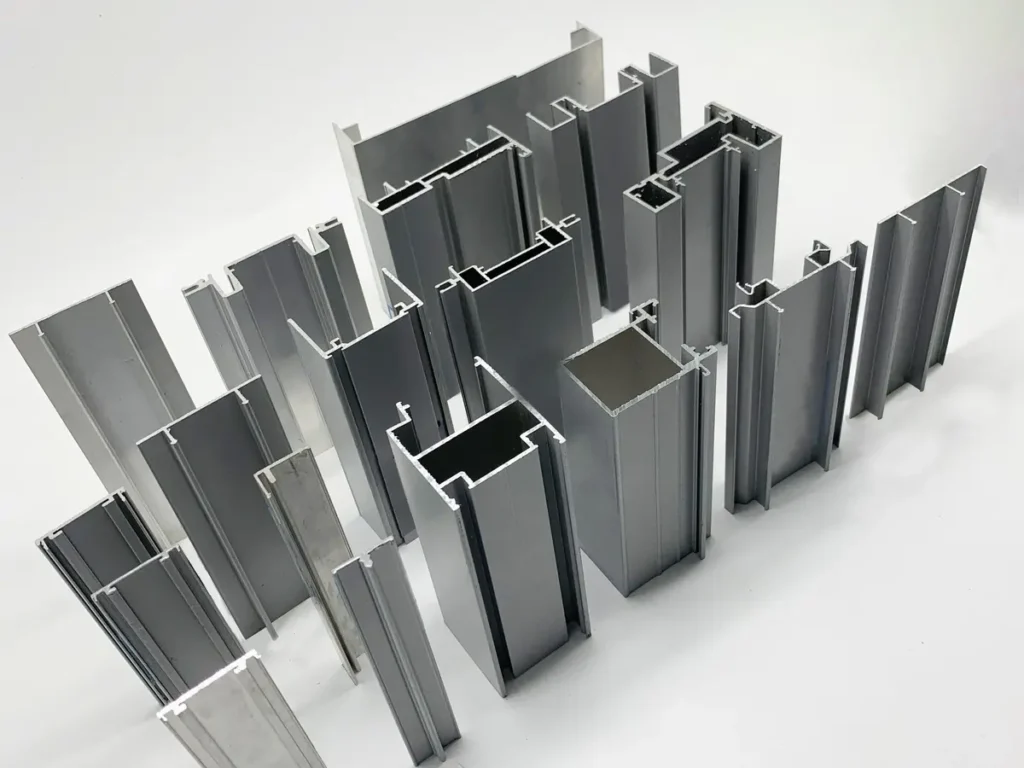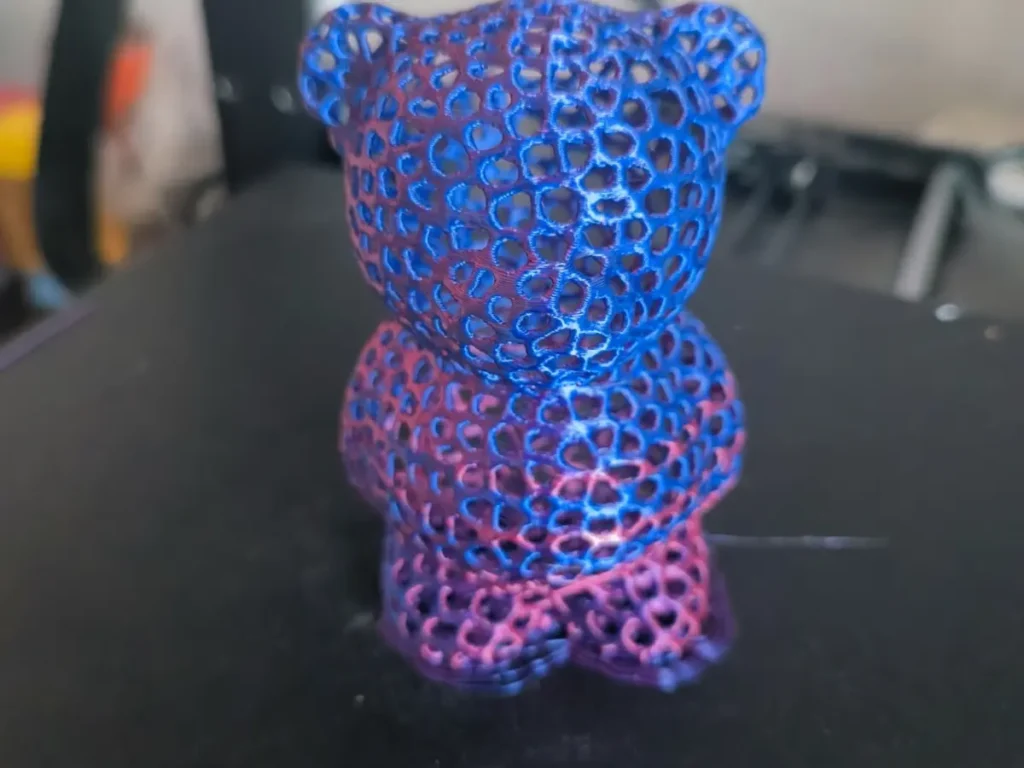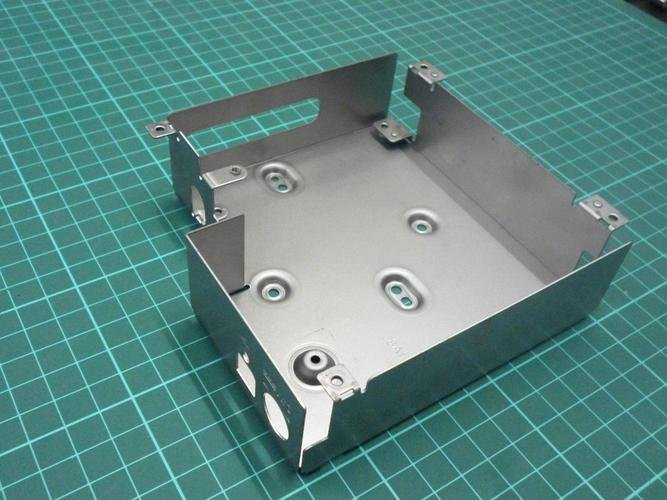
Other Services
Aluminum Extrusion, 3D Printing, and Sheet Metal Framing: One-Stop Precision Manufacturing Solutions
As a globally renowned precision manufacturing service provider, WELDO Machining Ltd not only excels in traditional CNC machining but also offers comprehensive support from prototyping to mass production through additional services including Aluminum Extrusion, 3D Printing, and Sheet Metal Framing.
Below is a professional breakdown and collaborative advantages of these three core services:
I. Aluminum Extrusion
Technical Principle
Aluminum ingots are heated to 450-500°C. Under high pressure, molten aluminum is forced through custom dies to form continuous complex cross-section profiles (e.g., multi-chamber or irregular structures).
After cooling, final products are achieved through cutting, CNC machining, and surface treatments (e.g., anodizing, sandblasting).
Core Advantages
Lightweight & High Strength:
Aluminum’s density is only one-third that of steel. Through alloying (e.g., 6061-T6) and structural design, tensile strength can reach 290 MPa, meeting weight reduction demands in automotive and aerospace sectors.
Case Study: Tesla Model Y’s body frame utilizes aluminum extrusion technology, achieving 30% weight reduction compared to steel structures and a 10% increase in range.
Integrated Complex Profiles:
A single extrusion process creates intricate features like internal clips, heat dissipation fins, and threaded holes, reducing assembly steps by over 50%.
Example: Industrial robot arms utilize multi-cavity aluminum extrusions to integrate cable channels and structural support, achieving a 40% weight reduction compared to welded components.
Rapid Iteration & Cost Optimization:
Mold costs are one-third of die-casting molds, with development cycles shortened to 2-4 weeks, ideal for small-to-medium batch production (annual output: 1,000-100,000 units).
Typical Application Scenarios
New Energy Sector: Solar panel mounts, battery pack frames (achieves 1,000 hours salt spray testing without corrosion via T6 heat treatment).
Electronics: Laptop casings (achieving a matte finish via anodization with 3H hardness).
Architectural Decoration: Curtain wall studs (enhanced thermal insulation through thermal break design, U-value ≤ 1.8 W/(m²·K)).
II. 3D Printing
Technical Principles
Constructs physical parts layer-by-layer using digital models (CAD/STL) and materials like metal powders, photopolymer resins, or nylon. WELDO offers three mainstream processes—SLM (Selective Laser Melting), SLA (Stereolithography), and FDM (Fused Deposition Modeling)—covering all needs from prototype validation to functional part manufacturing.
Core Advantages
Breakthrough Design Freedom:
Supports topologically optimized structures (e.g., lattice fill, conformal flow channels), achieving 60% weight reduction while maintaining strength (e.g., aerospace bracket components).
Case Study: GE Aviation consolidated 20 fuel nozzle components into one via 3D printing, reducing weight by 25% and extending lifespan fivefold.
Rapid Delivery & Small-Batch Cost Efficiency:
Eliminates tooling development, delivering finished parts in 24-72 hours from design to production. Reduces per-unit costs by 70% compared to CNC machining (e.g., customized medical implants).
Example: Formula 1 teams rapidly iterate intake manifolds via 3D printing, shortening development cycles from 6 weeks to 3 days.
Multi-Material Compatibility:
Metals: Titanium alloy (Ti6Al4V), Stainless steel (316L), aluminum alloy (AlSi10Mg) for high-strength applications.
Polymer materials: PEEK (temperature resistance up to 260°C), TPU (Shore hardness 80A-95A) for seals and flexible structures.
Typical Application Scenarios
Medical industry: Personalized knee prostheses (customized from patient CT data with adjustable porosity to promote osseointegration).
Consumer Electronics: 5G antenna covers (printed with photosensitive resin, dielectric constant precision ±0.1, meeting high-frequency signal transmission requirements).
Tooling & Molds: Contour cooling channel injection molds (40% improved cooling efficiency, 30% reduced cycle time).
III. Sheet Metal Framing
Technical Principle
Metal sheets (e.g., cold-rolled steel, stainless steel, aluminum) are processed into frame structures via laser cutting, CNC punching, bending, and welding. Surface treatments (e.g., electrophoretic coating, powder coating) enhance corrosion resistance.
Core Advantages
Structural Strength & Stability:
Bending achieves precise 90°-180° angles. Combined with rib reinforcement, load-bearing capacity doubles compared to extruded profiles (e.g., server cabinet frames).
Case Study: Dell data center cabinets utilize 2mm cold-rolled steel sheet metal frames, structurally optimized via FEM analysis to achieve seismic resistance up to Grade 8.
High Precision and Consistency:
Laser cutting accuracy reaches ±0.05mm, with bending tolerances of ±0.5°, ensuring 100% interchangeability in mass production.
Example: Medical device enclosures achieve precise multi-hole positioning via CNC punching, boosting assembly efficiency by 50%.
Cost-Effectiveness Balance:
For medium-volume production (5,000–50,000 units/year), unit cost is 30% lower than die-casting with no tooling expenses (only programming fees).
Typical Applications
Communication Equipment: 5G base station enclosures (316L stainless steel sheet metal, IP68 waterproof rating, withstands -40°C to 85°C extreme environments).
Industrial Automation: Robot protective covers (curved housing achieved via bending, combined with quick-release design reducing maintenance time by 60%).
New Energy Charging Stations: Aluminum-magnesium alloy sheet metal frames (50% lighter than steel components while meeting V-0 flame retardancy requirements).
IV. Three Major Service Synergy Advantages
Design Phase:
Rapidly validate structural feasibility of aluminum extrusions or sheet metal frames via 3D printing, reducing trial-and-error costs.
Example: For new energy vehicle battery pack frame design, 3D-printed prototypes tested heat dissipation channel layouts before optimizing aluminum extrusion molds.
Production Phase:
Aluminum extrusions serve as primary structures, sheet metal components as functional accessories (e.g., covers, brackets), while 3D printing enables customized connectors for modular assembly.
Case Study: An industrial robot arm featuring an extruded aluminum body + sheet metal motor cover + 3D-printed cable connectors reduced development time by 40%.
Surface Finish Consistency:
All services support processes like anodizing, sandblasting, and electrophoretic coating to ensure uniform product appearance and performance.
Conclusion
WELDO Machining Ltd. integrates the lightweight advantages of aluminum extrusion, the design flexibility of 3D printing, and the structural stability of sheet metal frameworks to deliver comprehensive solutions across all manufacturing scenarios. Whether in new energy, aerospace, or medical electronics,
we empower clients to achieve breakthroughs in both product performance and cost efficiency through the deep integration of materials science, process optimization, and digital manufacturing.


